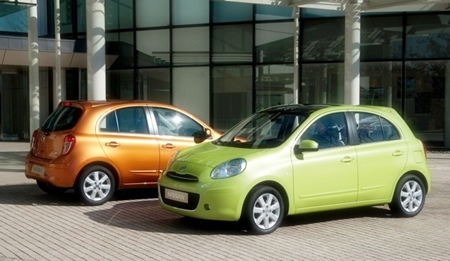Is there no stopping Nissan? Next time you are driving, count the number of Nissan March, and compare that to the Honda Brio, the vehicle that Honda was hoping would make it dominant in the eco-car class. Sure, Honda have had supply problems since the Japanese tsunami, but Nissan had prepared for the worst with stockpiling cars, and the gamble certainly paid off.
The future plans for Nissan include increasing the market share to 15 percent, from the six percent where it currently sits, over the next six years. That equates to tripling its sales to 500,000 a year. That is quite an objective.
 Nissan March
Nissan March
Not only does Nissan aim to a 15 percent market share in ASEAN, but it also has the ambition to reach a global market share of eight percent. Part of that will come from a bigger push in China, where Nissan is already a strong player. Also on the global scale, Nissan is one of the few manufacturers with its electric cars on sale now. This is the Nissan Leaf, which has sold 8,000 cars since last December (not in Thailand).
With the intention to double its position within ASEAN up to 700,000 units, this will also require output from Indonesia, with a “green car” project about to be announced by their government.
As further proof of their investment in Thailand the company will also step up education of staff through their technical centers to increase the numbers of graduate engineers.
With Carlos Ghosn at the helm, Nissan has certainly turned its fortunes around.




